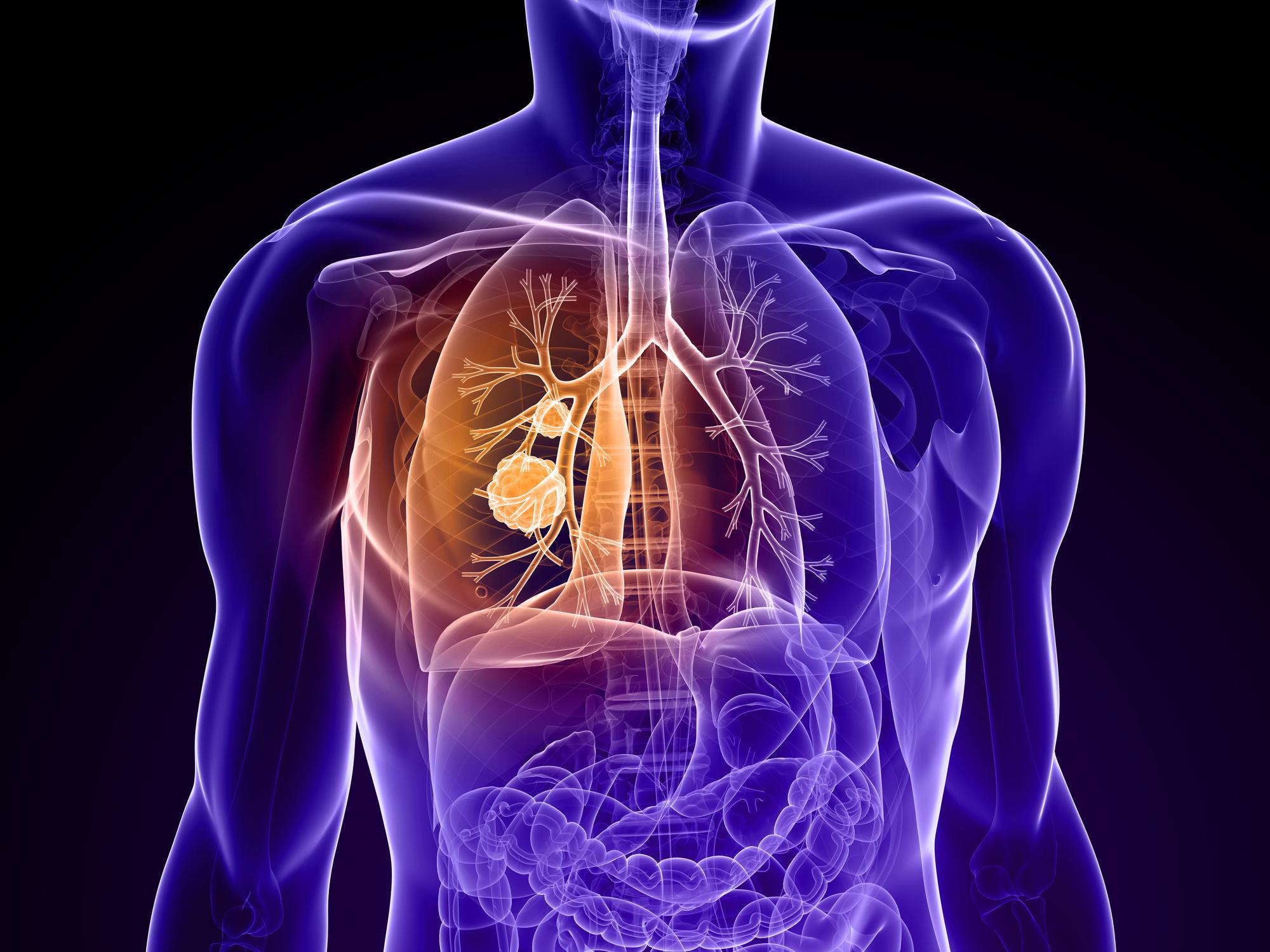Medical Management of Pulmonary Edema
Initial treatment focuses on stabilizing the patient and includes supplemental oxygen, medication administration, and careful fluid management. Specific therapies may include:
- Diuretics: Loop diuretics like furosemide work rapidly to increase urine output and eliminate excess fluid from the lungs and body. They remain a first-line treatment.
- Vasodilators: Medications like nitroglycerin dilate blood vessels to decrease blood pressure in the lungs and make it easier for fluid to reabsorb. They help relieve symptoms.
- Inotropes: For pulmonary edema caused by heart failure, drugs that boost heart contractility such as dobutamine may be used cautiously to improve pumping ability.
- Supplemental oxygen: Delivery of oxygen via mask or nasal cannula raises oxygen levels in blood, supporting other damaged organs as the lungs heal.
- Antibiotics: Pulmonary infections are treated with antibiotics chosen based on laboratory testing to identify the causative organism.
The goal of medical therapy is stabilization followed by a gradual improvement in symptoms as fluid clearance progresses over hours to days. Cautious fluid restriction and close monitoring remain important.
Mechanical Ventilation for Severe Pulmonary Edema
For patients with severe respiratory failure due to Pulmonary Edema Therapeutics, invasive mechanical ventilation may be temporarily required to take over breathing and allow optimal recovery time for the lungs.
Intubation involves placement of an endotracheal tube through the mouth or nose and into the trachea, allowing a ventilator to pump oxygen into the lungs and remove carbon dioxide. Settings are tailored based on blood gas measurement feedback to 'rest' the respiratory muscles and reduce effort until pulmonary edema resolves.
Ventilator modes like pressure control ventilation help synchronize breaths with the patient's own efforts when possible. Positive end-expiratory pressure (PEEP) applies continuous pressure during exhalation phases to 'recruit' collapsed alveoli and counter increased fluid pressures within the lungs.
Other Advanced Therapies
For some patients who do not respond adequately to initial medical treatment or ventilation, additional advanced options may be considered:
- Pulmonary artery catheterization: Insertion of a small catheter allows direct measurement of elevated pulmonary artery pressures commonly seen in pulmonary edema. This guides diuretic or vasodilator therapy.
- Extracorporeal membrane oxygenation (ECMO): Used rarely as a last resort, ECMO essentially serves as an external lung and heart, removing blood, oxygenating it, and returning it to bypass the failing organs temporarily until recovery is possible.
- Lung transplantation: End-stage pulmonary edema due to conditions like pulmonary hypertension may in some cases require bilateral lung transplantation when scarring and edema are irreversible through standard therapies.
Explore more information on this topic, Please visit-
https://www.pressreleasebulletin.com/pulmonary-edema-therapeutics-market-size-and-share-analysis-growth-trends-and-forecasts/
Explore more trending article:
https://coolbio.org/ventricular-assist-devices-providing-hope-for-heart-failure-patients/
